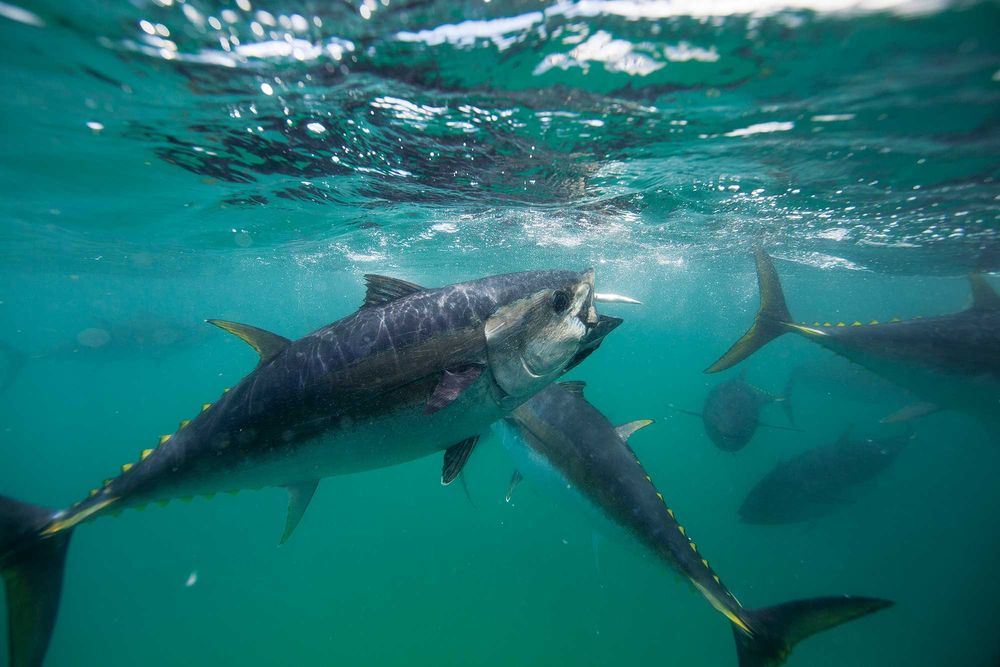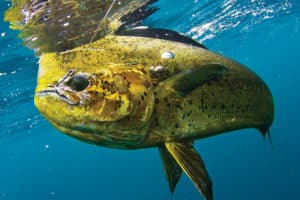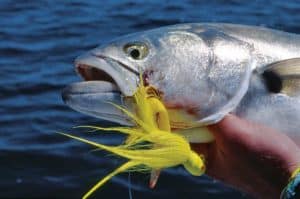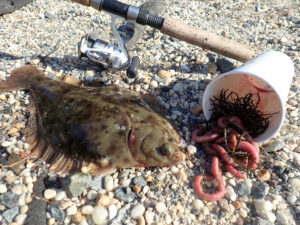Strike While the Iron’s Hot
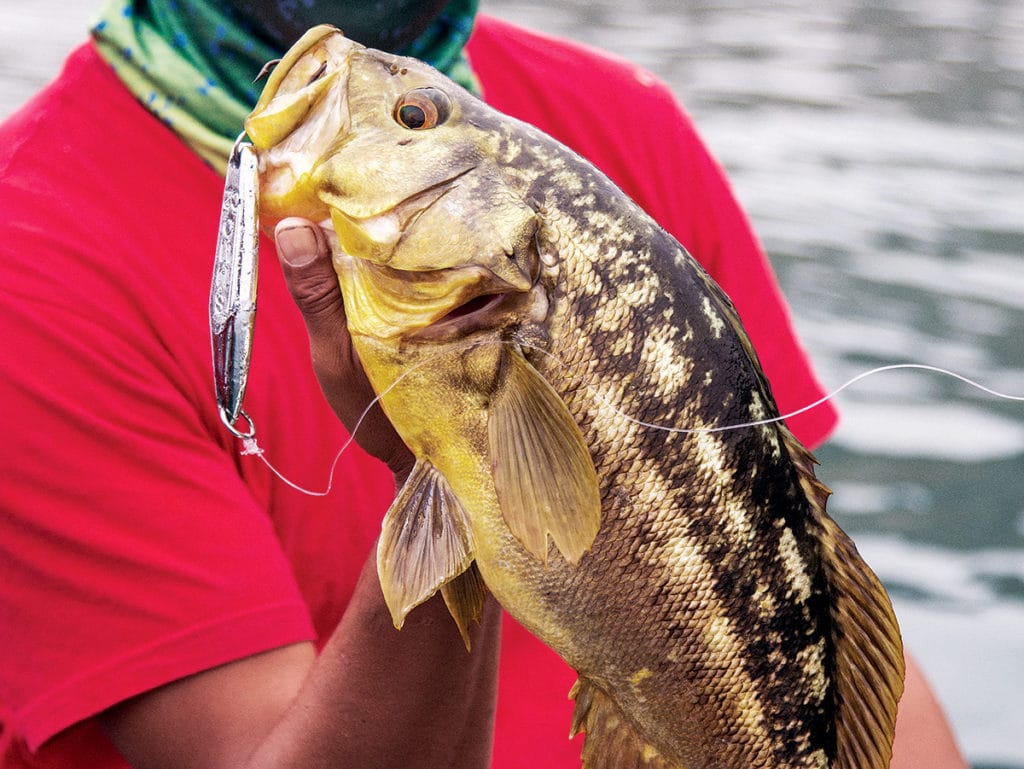
Someday soon I’m convinced surface-iron fishing will spread like wildfire across all oceans to sight-fishermen everywhere. Any offshore angler who regularly sight-fishes with lures should have a surface-iron setup handy. Mackerels, jacks, tunas, mahi, trevallies and even striped bass are just some of the species anglers can target using this diamond-shaped lure workhorse.
Until the surface-iron technique spreads cross-country, Southern California anglers will continue to catch the heck out of regional species like yellowtail, barracuda, calico bass, dorado, tunas and wahoo. Steal effective techniques from top pros who faithfully fish the iron, and translate their success to your favorite waters and species.
How to Pick an Iron Jig
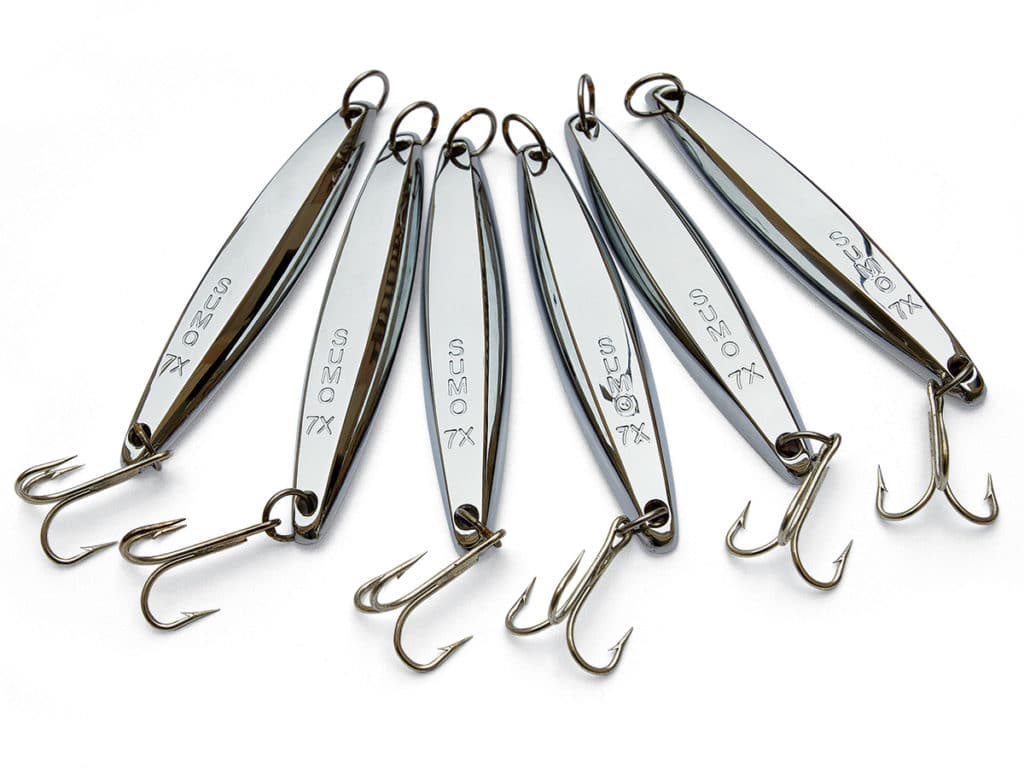
Snatching a random jig from a tackle shop’s pegboard is not a productive way to pick surface iron. In fact, finding that magic jig might be the hardest part of surface-iron fishing.
“It’s almost like a lipped crankbait,” says Capt. Ben Florentino, of Coastal Charters in Long Beach, California. “One does not swim as well as another because they’re not all shaped exactly the same.”
Casting and retrieving iron is the only true test to see how they swim, but anglers can look for specific favorable characteristics in the tackle shop. Surface irons are produced via sand casting or die casting, meaning the iron is crafted from a mold. Lightweight aluminum is one popular metal for surface iron, while deep-sinking yo-yo jigs are often made from zinc or brass.
“I prefer a surface iron that has slight offset shoulders,” says Daryl Wasano, owner of Sumo Tackle, referencing the middle sides of the jig body that help the jig swim. Some iron has a slight concave bottom, which can help with action. Southern California fishermen give parts of iron jigs nicknames like hips, nose and eyes.
“I pick out the lure with distinct, offset hips,” says Florentino, confirming that some irregularities in the symmetry of an iron is a good thing. “You want that jig to wiggle, wiggle, then kick when retrieved. Just real steady, and the lure should kick out on its own. That kick is when fish are most likely to strike.”
The eyes where the solid rings pass through iron can also be offset. “Anglers can modify the jigs if they’re not swimming optimally,” says Florentino. “If the eyes are aligned, anglers can drill the holes bigger and slightly to the side to create offset eyes. Offset eyes can help [create] better action.”
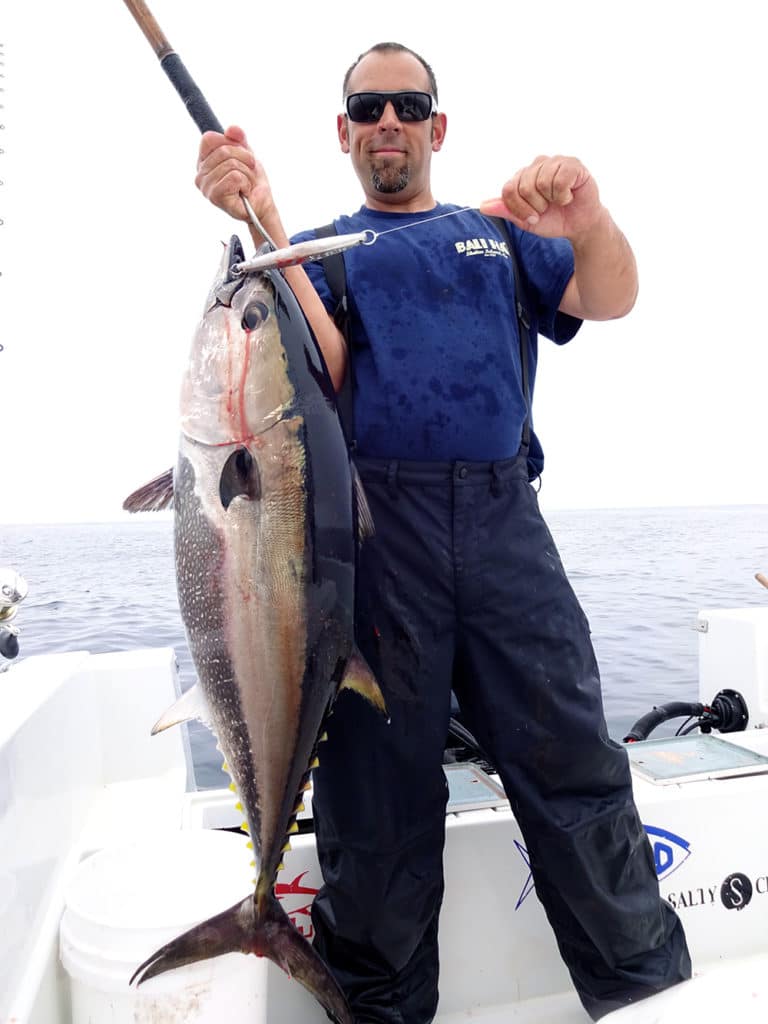
Popular surface swimmer jigs include the Tady 45, Salas 7X and Sumo 7X, although different lengths, weights and colors are available for when game fish are keyed on specific baits.
“The most popular size is 6¼ inches in length and about 3.6 ounces in weight,” says Wasano. “There are other sizes available, but this is the preferred size of most surface iron based on market sales.”
Colors of lures might factor in when fishing low-light or bright-light conditions, but mostly fishermen want an iron that imparts attractive swimming action. “When the fish are biting, I don’t think color matters,” says Wasano. “They’ll bite at anything that has an erratic motion to it.”
For hardware, a solid ring is standard at both the nose and butt. Most companies add a Mustad 4/0 or VMC 4/0 treble hook to the rear ring. “Split rings have come a long way in strength, but that brazed ring is something most anglers still prefer,” says Wasano. “Sumo Tackle is using a new laser welding technique to connect the two ends of the ring together.”
Techniques and Situational Fishing
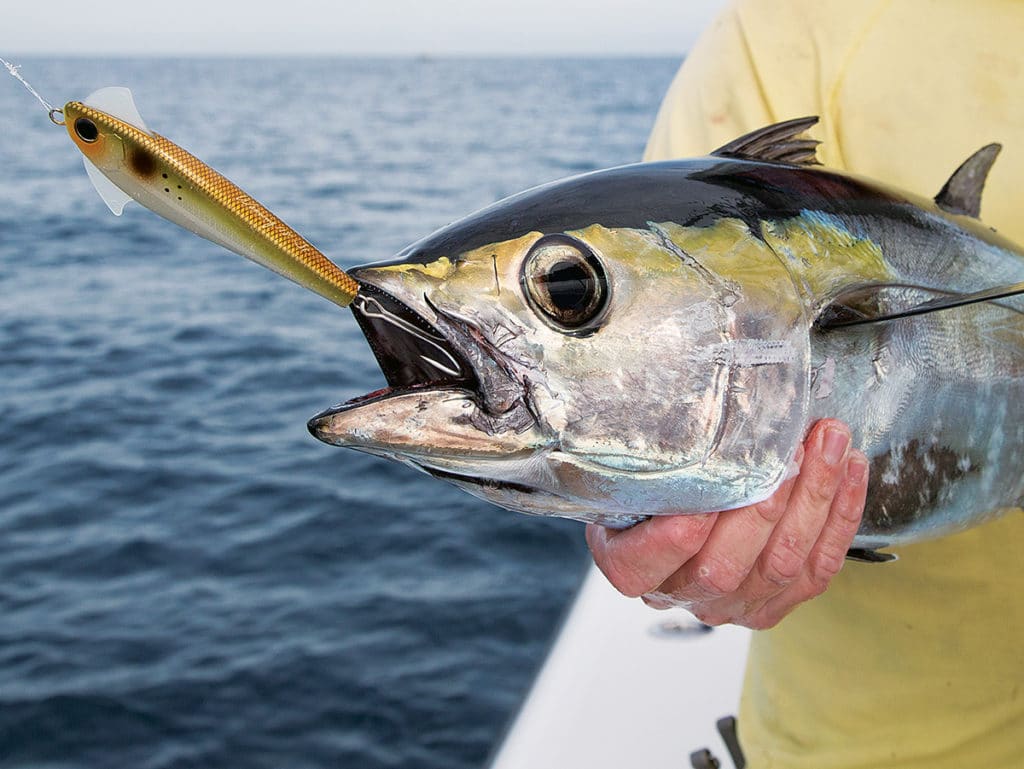
“I go to the surface iron anytime I see signals of game-fish feeding activity at or near the surface,” says Capt. Duane “Diego” Mellor, of Pinnacle Sportfishing in San Diego. “This includes when eyeballing fish, baitfish or bird activity. Fishing the plug (jig) allows you to cover a lot more water, accurately place your offering in front of fish feeding at a distance, and it eliminates time spent at the bait tank.”
The actual technique requires a simple cast and wind — it doesn’t matter whether the depth is 5 or 1,000 feet. Surface irons are effective for “breezing” surface fish, those feeding just below the surface, and even raising fish from moderate depths.
Still, yo-yo irons are the best option for straight up-and-down fishing, points out Dan Hernandez, a fishing TV host and youth-fishing advocate based out of Cerritos, California. “We usually fish for yellowtail and rockfish with the yo-yo,” says Hernandez. “I will use a surface iron [for fish on top] when the live bait is small or simply not working.”
Springtime is productive for yellowtail at the surface off Southern California. It’s often run-and-gun fishing near birds over schools.
“You can see the fish breezing at the surface, so lead the school with your cast,” says Capt. Buzz Brizendine, captain and owner of Prowler Sportfishing in San Diego. “Get the boat just close enough so you can reach them with a long cast. These conditions are often in off-colored water, plus fairly deep, so the yellowtail are not as spooky.”
Have a yo-yo setup ready to go when the surface action subsides. “First you have to spot them on the meter, then drop to the depth they’re marking,” says Brizendine. “This works for yellowtail and tuna, especially when they’re marking solid [on the screen].”
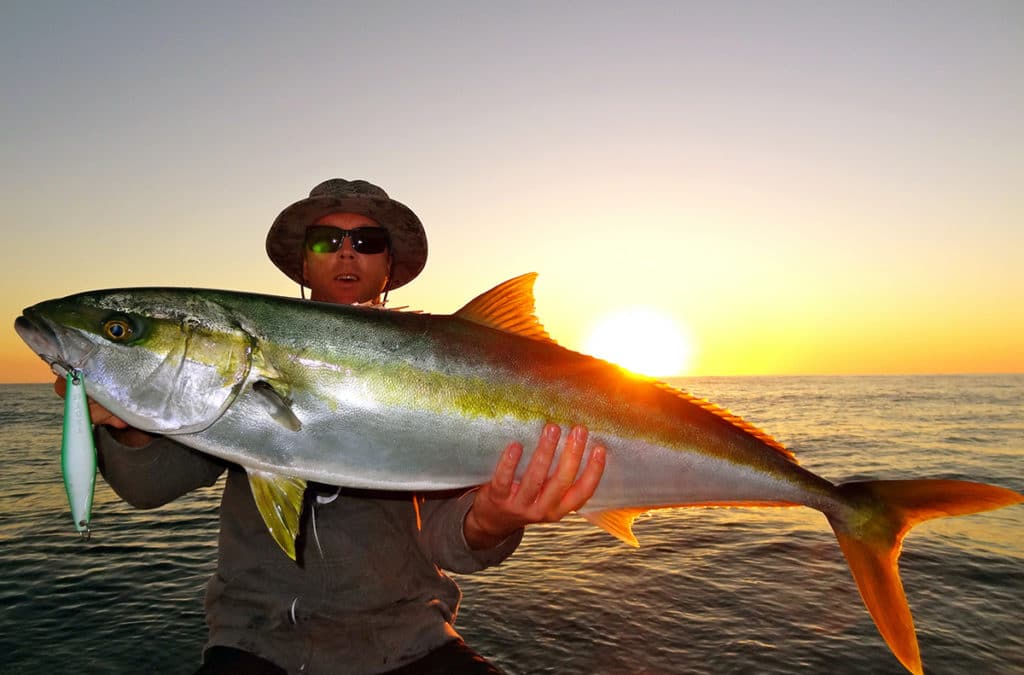
In late spring and early summer, Brizendine heads to the kelp with lighter tackle for calico bass.
Warmer waters mean better surface action, especially the summer months from May to October. Expect yellowfin and bluefin at the surface in the summer from 2 to 40 miles offshore, but completely dependent on warm water in the low 70s or high 60s, a steady bait source, and clean water. Shimano Butterfly Flat-Fall jigs were popular for bluefin last year, Brizendine says.
“Late summer, head to the floating kelp paddies,” continues Brizendine. “Dorado love the surface iron. Throw the jig past the paddy, and they’ll come out and blast the jig. Sometimes a tuna will steal a jig meant for a dorado.”
For tackle, use an 8- to 10-foot rod for surface iron. Even rods of such length if too heavy might not cast a light lure well; similarly, shorter rods offer better leverage but not peak casting distance.
For reels, Brizendine uses a Penn Fathom 25 with 65-pound braid and 3 feet of 40-pound fluorocarbon leader. Florentino prefers a 9-foot jig stick with a Shimano Tranx (a levelwind star drag that’s capable of 42 inches per crank) with 80-pound braid and 50-pound leader.
“I firmly believe that any game fish feeding aggressively on baitfish is susceptible to surface iron. Whether striped bass on the East Coast or foaming tuna in the Gulf, if you present a good swimming jig to feeding fish, you have a strong chance at getting bit,” says Mellor.
Make the surface-iron revolution a reality.
Words of Advice
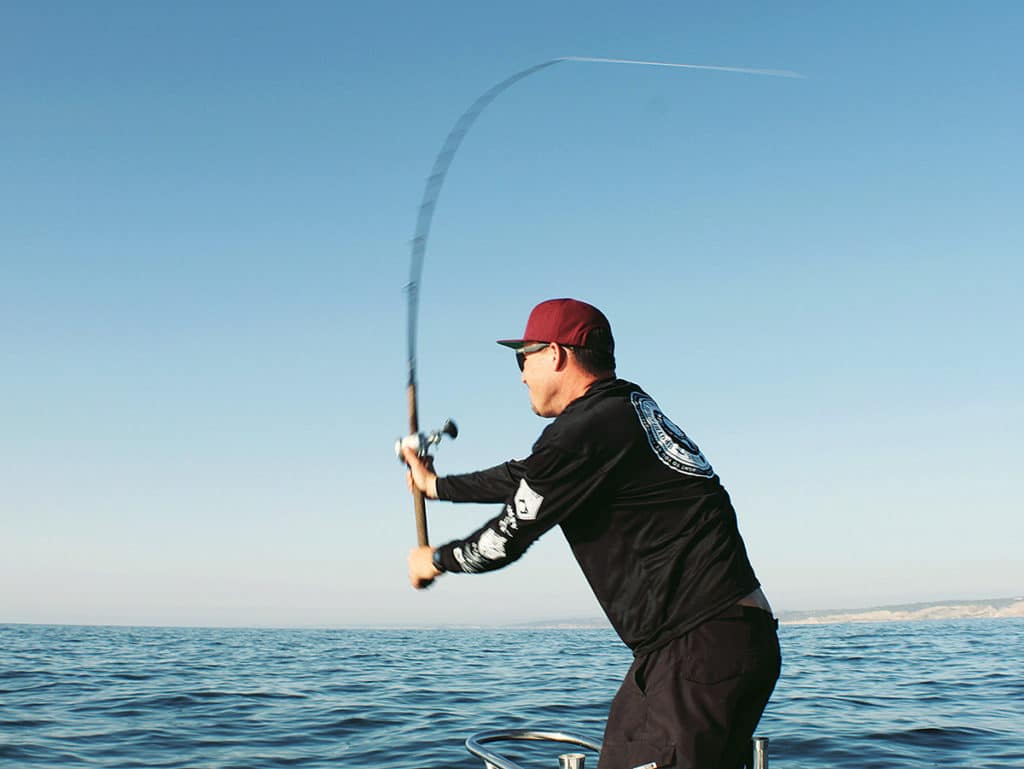
“Successful anglers are committed to surface irons. You can’t just make five casts and give up. My personal best calico bass was a 10-pounder in 5 feet of water off San Clemente. When feeding, fish really eat the jig, but I’ve noticed anglers who stay committed to the surface iron often land bigger fish.” —Capt. Ben Florentino
“When you get bit on a surface jig, never swing on the fish. Rather, pull the rod into your body and keep winding fast. Swinging a long rod will cause slack line and lost fish.” —Dan Hernandez
“Spinning reels that have powerful drags and extensive line capacities are making a big push in Southern California. They’re easier for newer fishermen to cast. I believe they’ll be a great option to cast iron when the albacore tuna come through next year.” —Capt. Buzz Brizendine
“Among the struggles that anglers run into when casting surface iron are distance, accuracy and the ever-dreaded backlash. A good way to tune up your casting skills is to grab your jig stick and a 3-ounce torpedo sinker, and head to your local open-space park to practice.” —Capt. Diego Mellor
What You Need to Know About Boat Noise and Fish Behavior
